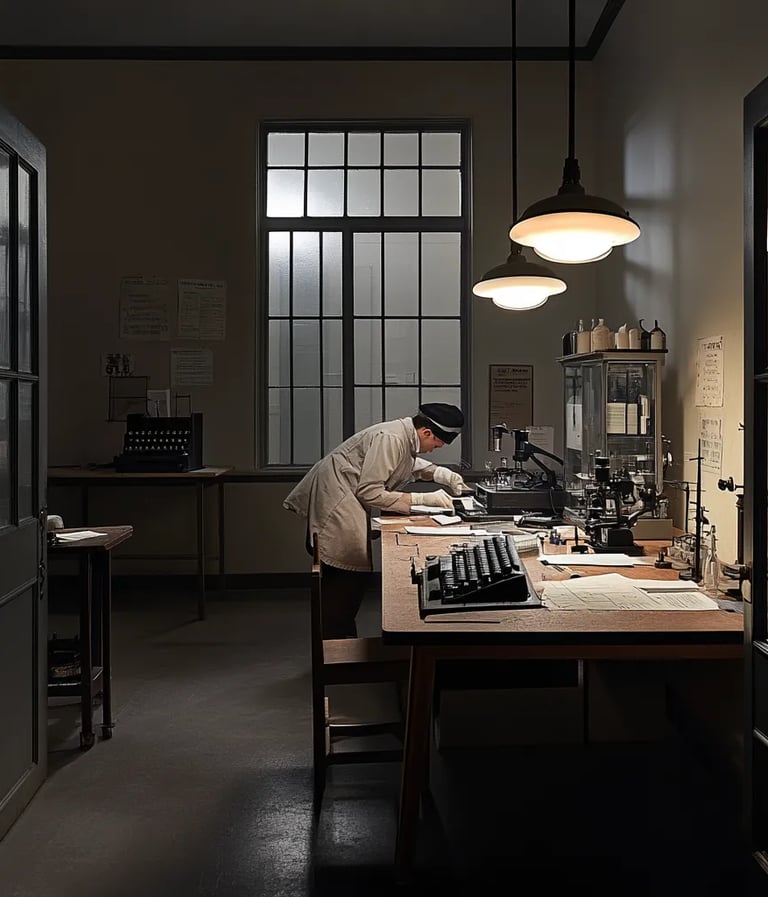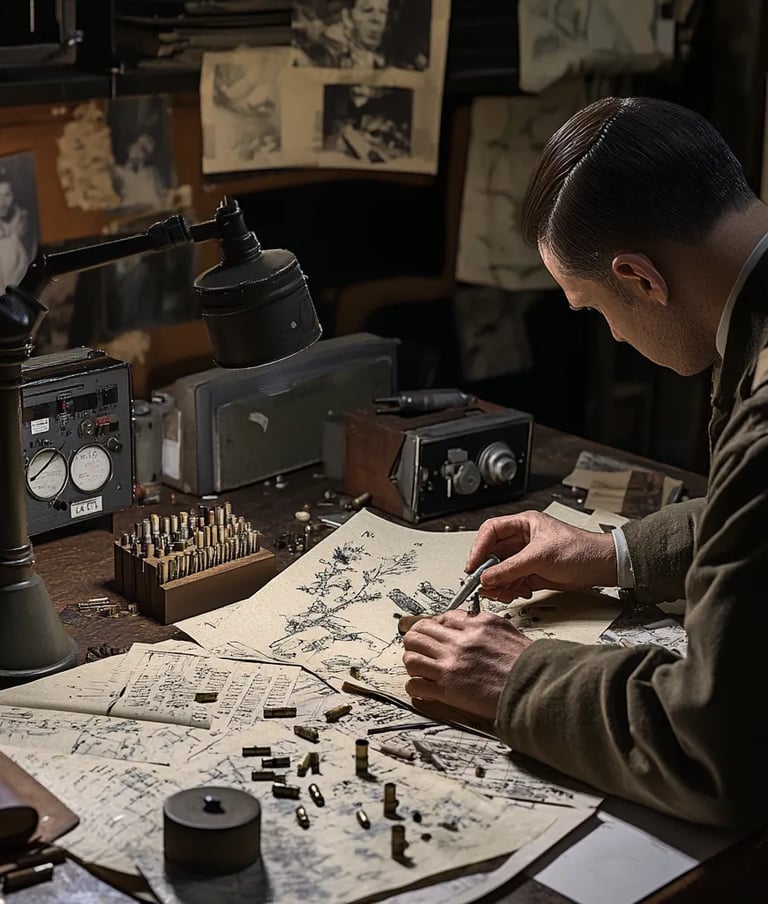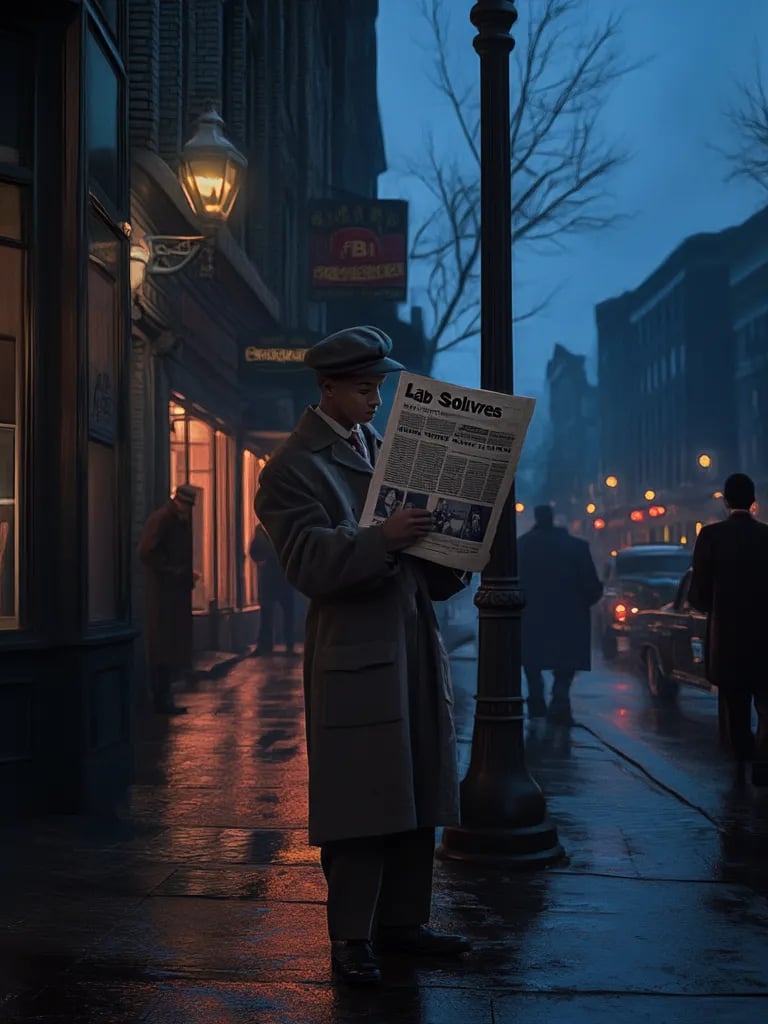In a moment rich with symbolism, Emperor Theodosius I made his formal entrance—adventus—into Constantinople. Greeted by cheering crowds and imperial ceremony, his arrival marked the consolidation of Christian rule in the Eastern Roman Empire. Theodosius would go on to outlaw pagan practices and solidify Nicene Christianity, reshaping Roman religious identity and reinforcing Constantinople’s growing role as the heart of imperial power and faith.


380 – Theodosius I Makes His Adventus Into Constantinople: The Emperor Arrives in Style




In the winter of 1434, the River Thames froze solid, turning the flowing artery of London into a sheet of ice. Trade halted, boats stranded, and city life paused. While terrifying for merchants and travelers, the freeze also sparked wonder—and eventually, festivals—on the frozen surface. It was one of many signs of the “Little Ice Age” that chilled Europe for centuries.
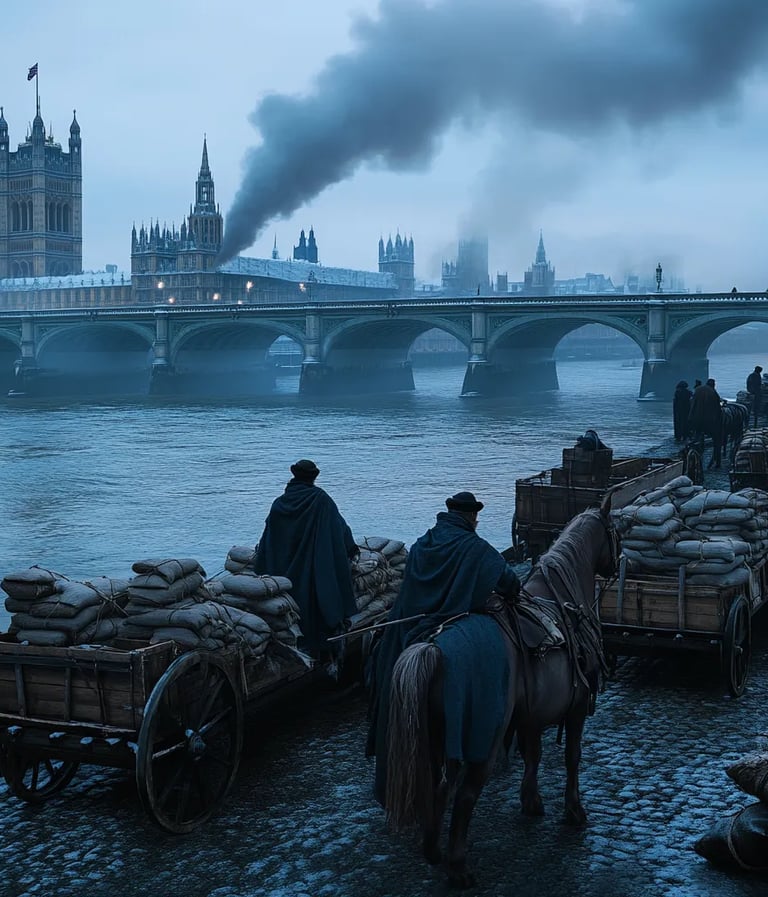

1434 – The River Thames Freezes: London’s Lifeline Turns to Ice
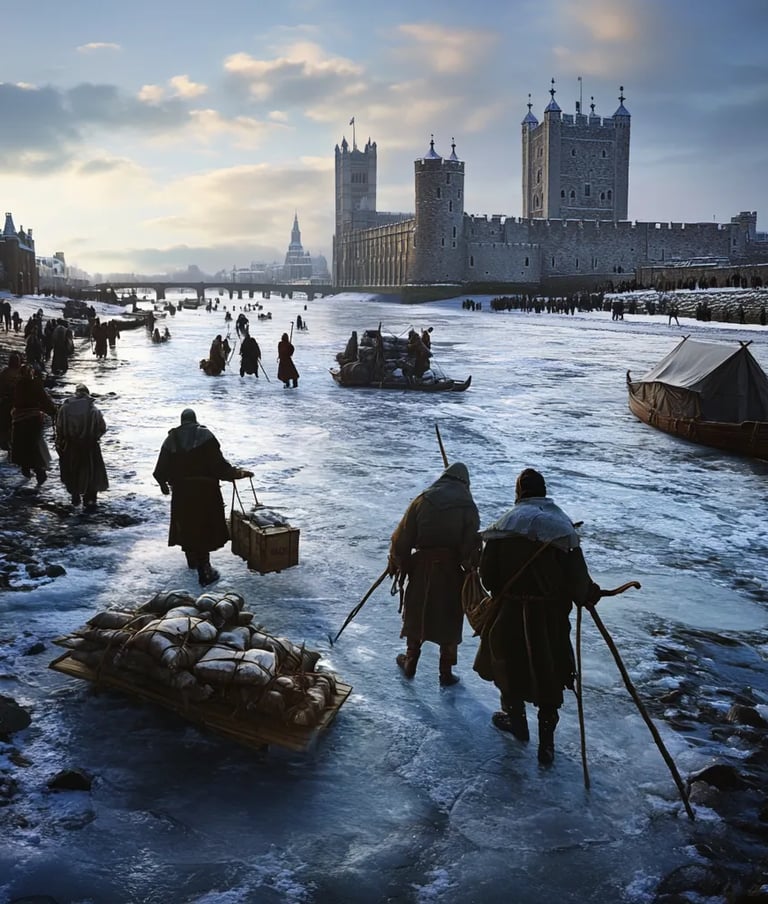



Dutch navigator Abel Tasman made history in 1642 when he became the first European to sight Van Diemen’s Land—now known as Tasmania. Believing he’d found the fabled “Great South Land,” Tasman mapped part of the coast but never set foot ashore. Though brief, the encounter opened the door to later exploration and claimed the island for the Dutch long before the British would arrive.
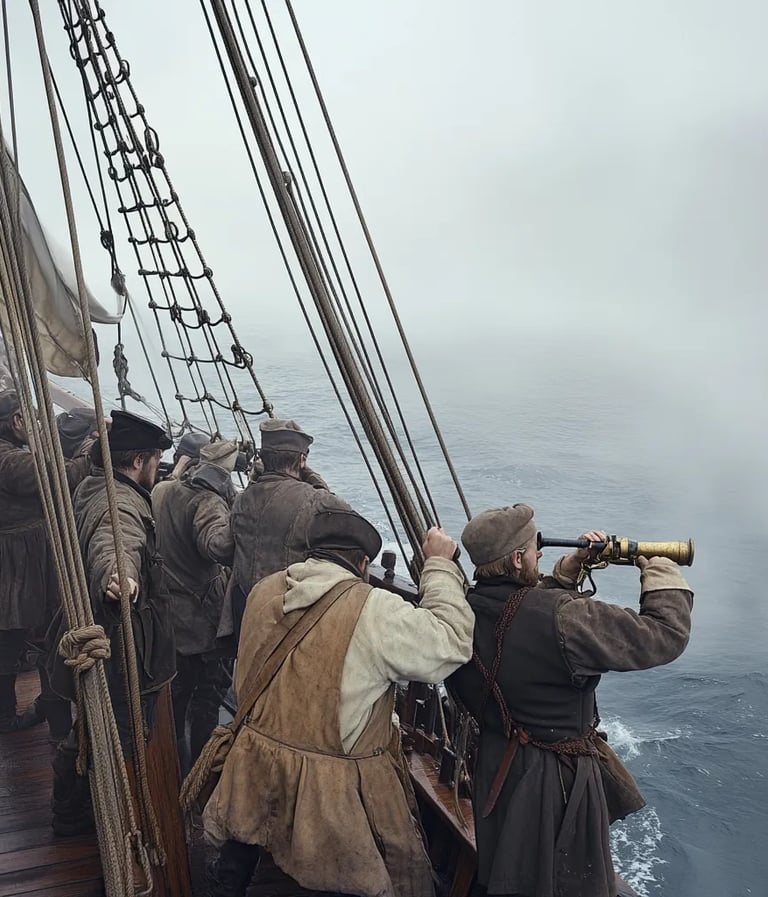

1642 – Abel Tasman Reaches Van Diemen’s Land: Europe Meets Tasmania
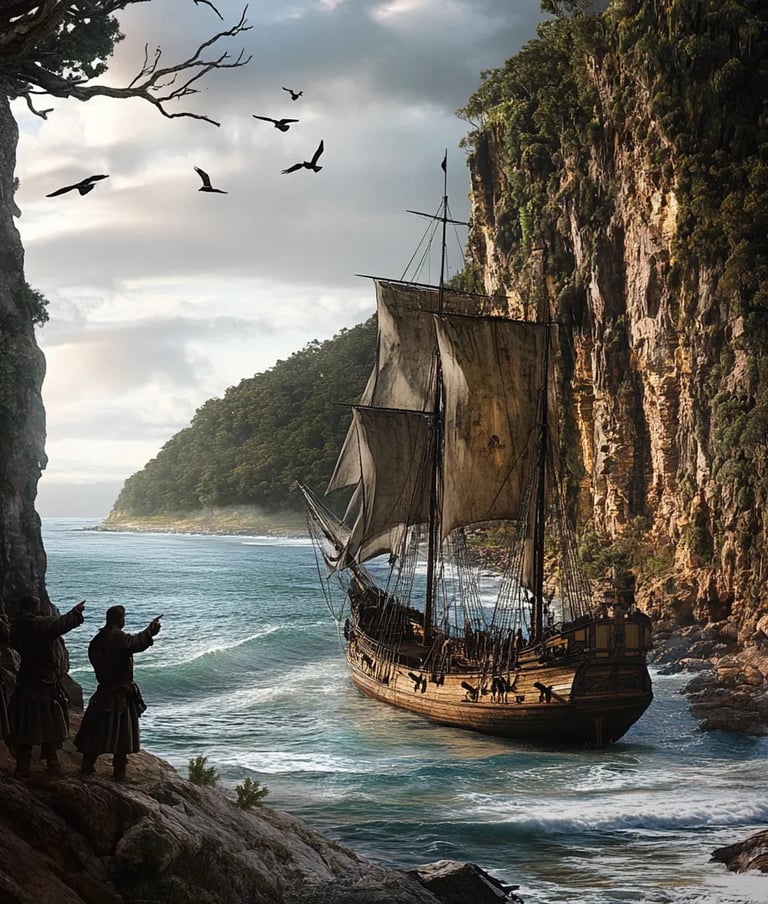

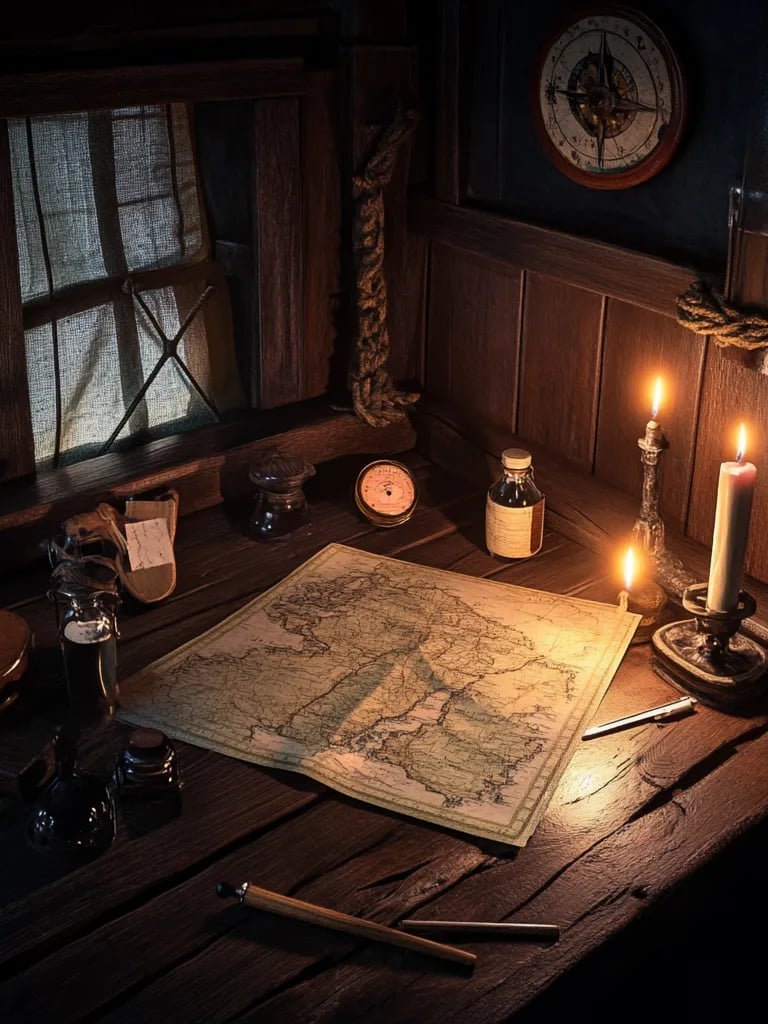

In 1835, the Texas Provisional Government authorized a mounted police force—the Texas Rangers. Their mission: defend settlers against Native American raids and enforce frontier law. Part myth, part militia, the Rangers became legendary figures of the American West, riding the line between justice and lawlessness. Their creation marked the beginning of one of the most iconic and controversial law enforcement groups in U.S. history.
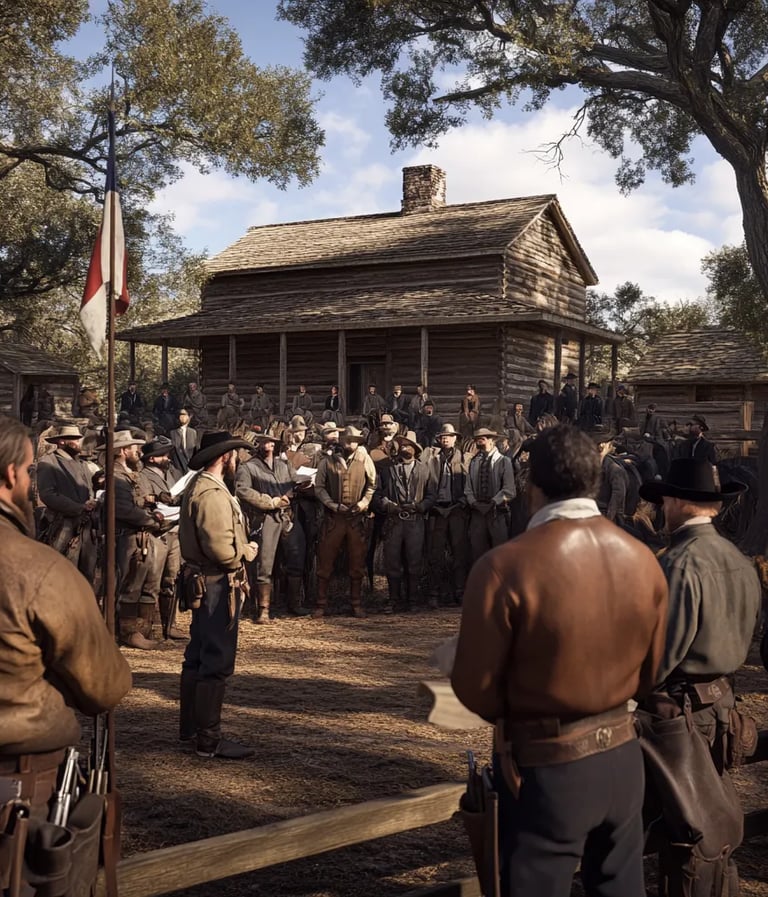

1835 – Texas Rangers Are Born: The Frontier’s Watchdogs Ride Out
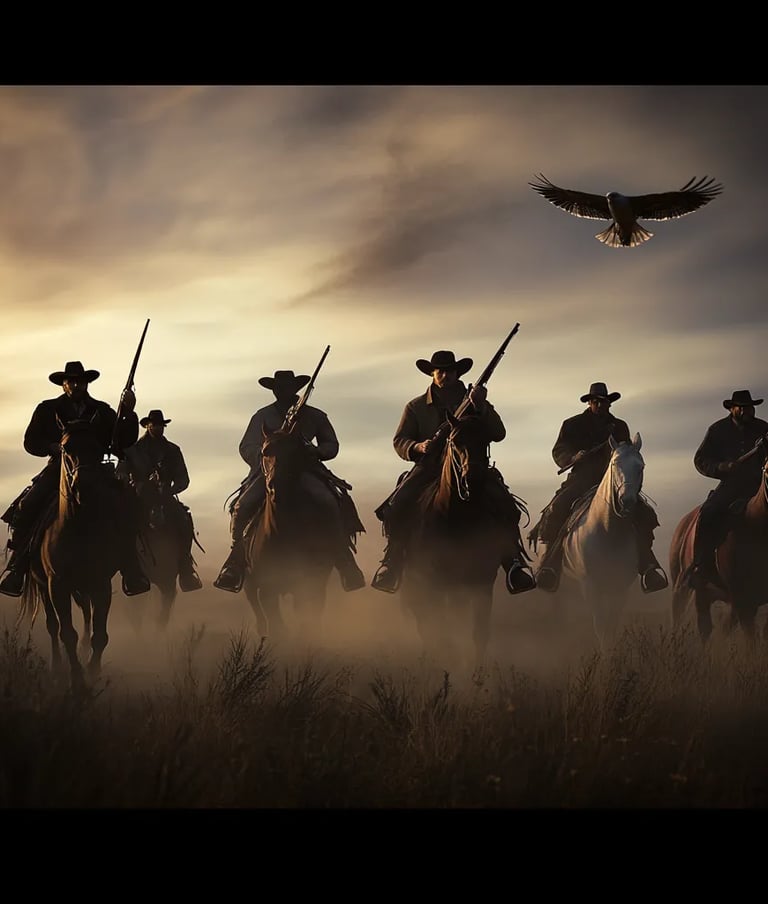

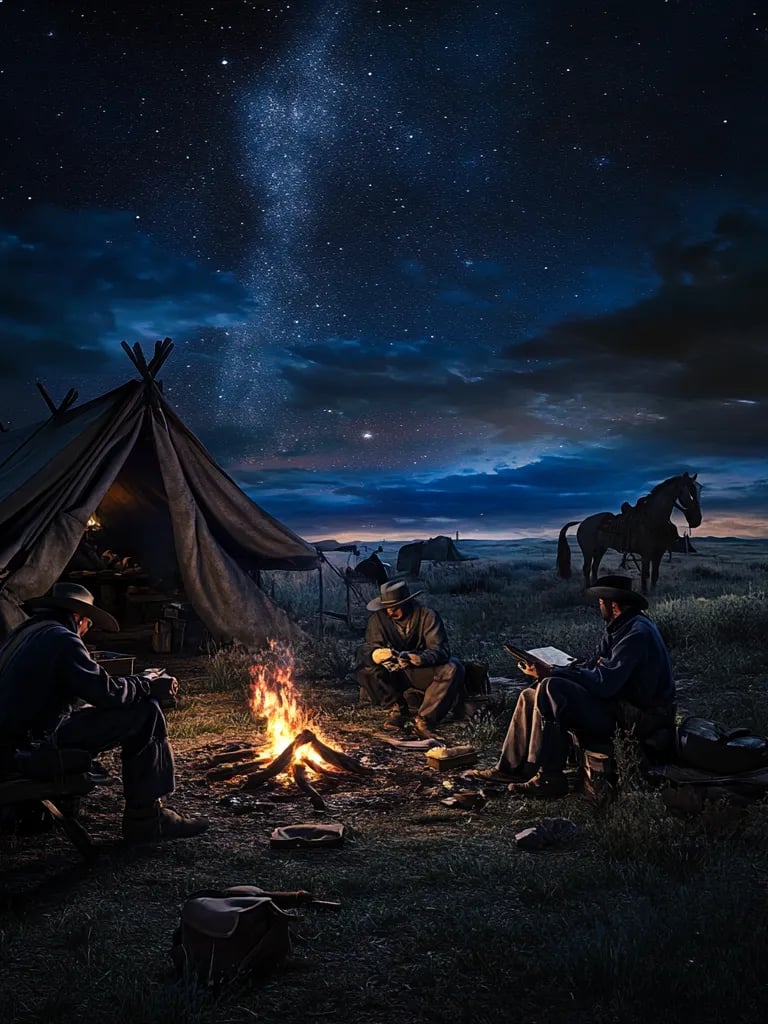

On this day in 1932, the FBI officially launched its Scientific Crime Detection Laboratory in Washington, D.C. With just one examiner and basic equipment, the lab began revolutionizing how crimes were solved. It introduced forensics into federal investigations, using science to catch criminals instead of relying solely on confessions and informants. That humble start laid the groundwork for one of the world’s most advanced crime labs.
